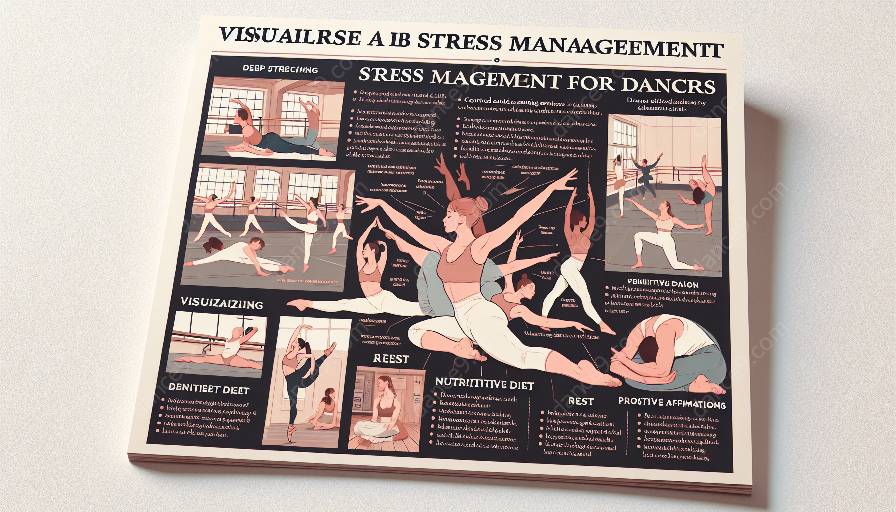Dance is a physically demanding art form that requires both technical skill and emotional expression. Dancers often face intense training regimens, performance pressures, and competition, which can lead to high levels of stress. This stress not only impacts their mental and emotional well-being but also has a profound effect on their physical health, including injury prevention and overall well-being.
Understanding the Impact of Stress on Dancers
Stress can manifest in various ways for dancers, affecting their musculoskeletal system, immune function, and mental state. Chronic stress can weaken the body's ability to recover from workouts, making dancers more susceptible to injuries. Additionally, stress can contribute to muscle tension, reduced flexibility, and impaired coordination, all of which increase the risk of injury during dance performances.
Exploring the Link between Stress and Injury Prevention
Research has shown that high stress levels can compromise the body's ability to repair and rebuild muscle tissue, leaving dancers more prone to overuse injuries and microtraumas. Stress-induced changes in posture and movement patterns can also lead to biomechanical imbalances, placing additional strain on joints and soft tissues. Moreover, the psychological impact of stress, such as anxiety and fear of failure, can distract dancers during performances, increasing the likelihood of slips, falls, and other accidental injuries.
Effective Stress Management Techniques for Dancers
To mitigate the adverse effects of stress, dancers can benefit from incorporating stress management techniques into their training and performance routines. Mind-body practices, such as yoga, meditation, and deep breathing exercises, can help dancers cultivate mental resilience, reduce muscle tension, and improve overall well-being. Moreover, implementing relaxation techniques, such as progressive muscle relaxation and visualization, can aid in promoting recovery and preventing injuries.
Embracing Holistic Approaches to Physical and Mental Health in Dance
In addition to stress management techniques, dancers can prioritize holistic health approaches to nourish their bodies and minds. Proper nutrition, hydration, and sufficient rest are critical for enhancing resilience against stress and supporting injury prevention. Seeking mental health support, such as counseling or therapy, can also empower dancers to address the emotional challenges associated with their craft and promote psychological well-being.
Optimizing Physical and Mental Well-being for Dancers
By recognizing the interconnectedness of stress, injury prevention, and overall physical and mental well-being, dancers can take proactive steps to optimize their performance and longevity in the field. Balancing rigorous training with self-care practices, seeking professional guidance, and fostering a supportive community can create an environment where dancers thrive and achieve their full potential while remaining healthy and resilient.


































